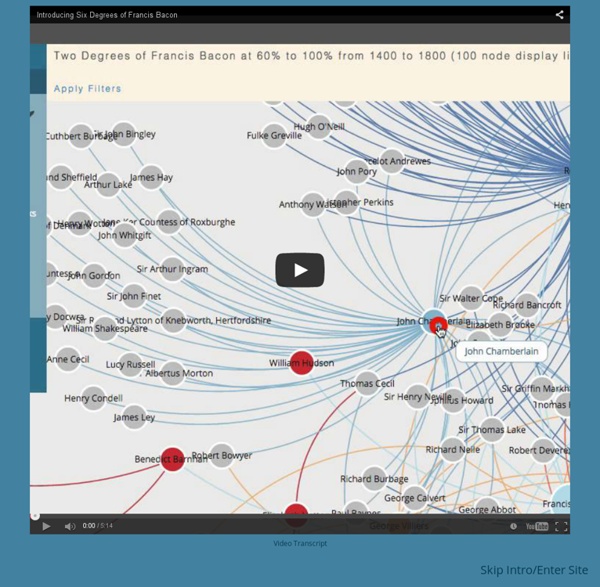



Swithun Swithun (or Swithin, Old English: Swīþhūn; died c. 862) was an Anglo-Saxon bishop of Winchester and subsequently patron saint of Winchester Cathedral. His historical importance as bishop is overshadowed by his reputation for posthumous miracle-working. According to tradition, the weather on his feast day (15 July) will continue for forty days. The precise meaning and origin of Swithin's name is unknown, but it is largely considered to mean 'Pig Man'.[1] Another possible meaning is "strong". Recorded life[edit] Swithun was Bishop of Winchester from his consecration in October 852 or October 853 until his death on 2 July sometime between 862 and 865.[2] However, he is scarcely mentioned in any document of his own time. More than a hundred years later, when Dunstan and Æthelwold of Winchester were inaugurating their church reform, Swithun was adopted as patron of the restored church at Winchester, formerly dedicated to Saint Peter and Saint Paul. Traditional life[edit] Veneration[edit]
New universities Post-1992 universities that trace their roots to former polytechnics[edit] In addition, the New University of Ulster absorbed Ulster Polytechnic (at Jordanstown) in 1984. Post-1992 universities that are not former polytechnics[edit] Both categories of university award academic degrees, having received university status when the Further and Higher Education Act 1992 came into effect or in the years thereafter, although some of the newest universities may not have the power to award research degrees - the UK Government having separated research degrees from university title criteria. References[edit] See also[edit] University of Derby For the further education centre established in 2000, see Derby College. The University of Derby (formerly Derby College of Art and Technology or simply Derby College) is a public university in the city of Derby, England. It traces its history back to the establishment of the Derby Diocesan Institution for the Training of Schoolmistresses in 1851 and gained university status from in 1992 as one of the new universities. The university provides nearly 300 study programmes at undergraduate level. Currently the university is home to around 22,000 students in all areas of study. History[edit] University of Derby, main campus. Early years[edit] Over the years, two dozen bodies have contributed to the university's formation. The other line of this confluence began in 1853 with the establishment of the Derby School of Art, which in 1870 became the Derby Central School of Art and the Derby Central School of Science. Kedleston Road[edit] Merger with Mickleover Education College[edit] Faculties[edit]
King's Own Scottish Borderers The King's Own Scottish Borderers was an infantry regiment of the British Army, part of the Scottish Division. History[edit] Plaque commemorating the raising of Leven's regiment It was raised on 18 March 1689 by the Earl of Leven to defend Edinburgh against the Jacobite forces of James II. For a period it was known as Semphill's Regiment of Foot, the name under which it fought at the Battle of Fontenoy in 1745 and the Battle of Culloden in 1746. The regiment was awarded the right to bear the emblem of the Sphinx for their role in the Battle of Alexandria in 1801. After the war, the regiment served internal security duties in Palestine and was reduced to a single battalion in around 1948. Between 1972 to 2004, the regiment was regularly posted to Northern Ireland as part of Operation Banner to maintain stability during The Troubles. Restructuring of the infantry[edit] King's Own Scottish Borderers Regimental Museum[edit] Battle Honours[edit] The battle honours are:[9] References[edit]
Forces Reunited - Find Army Friends, Find RAF Friends, Find Navy Friends UK Parliament The Industrial Revolution, which began three hundred years ago, was a period of unprecedented technological, economic and social change that completely transformed British culture from a largely rural, static society with limited production and division of labour into the world's first modern industrial society. Throughout 2009 the Ironbridge Gorge Museum Trust will be celebrating 300 years of the Industrial Revolution with various events and activities. This exhibition uses records held by the Parliamentary Archives to explore and illustrate technological developments during the Industrial Revolution. Fuelling the Industrial Revolution... In 1709 Abraham Darby I developed a method of producing high-grade iron in a blast furnace fuelled by coke rather than charcoal, which was a major step forward in the production of iron as a raw material. Parliamentary Archives, HL/PO/JO/10/3/245/9 'The Iron Bridge' by William Williams. © The Ironbridge Gorge Museum Trust
Live map of London Underground trains Loading... Powered by Leaflet — Map tiles © Thunderforest, data © OpenStreetMap contributors. Live London Underground map By Matthew Somerville. <div style="border: solid 2px #cc0000; padding: 5px; width: 70%; margin: 1em auto;"> I'm afraid that this page requires JavaScript to draw the maps and plot move the trains, which isn't possible with just HTML. More information Hide What is this? This map shows all trains (yellow dots) on the London Underground network in approximately real time. I have similar things for the London buses and National Rail, and an awesome bookmarkable train times journey planner. — Matthew How does it work? Live departure data is fetched from the TfL API, and then it does a bit of maths and magic. Who did this? Matthew Somerville (with helpful hinderances from Frances Berriman and James Aylett). Originally built at Science Hackday, June 2010.
Great Britain Historical Geographical Information System (GBHGIS) | Great Britain Historical Geographical Information System (GBHGIS) The Great Britain Historical Geographical Information System is a unique digital collection of information about Britain's localities as they have changed over time. Information comes from census reports, historical gazetteers, travellers' tales and historic maps assembled into a whole that is much more than the sum of its parts. This site tells you more about the project itself and about historical GIS. A separate website, created by funding from the UK National Lottery and extended and re-launched with funding from the Joint Information Systems Committee, makes this resource available on-line to everyone, presenting our information graphically and cartographically.
Home | LOCATING LONDON'S PAST